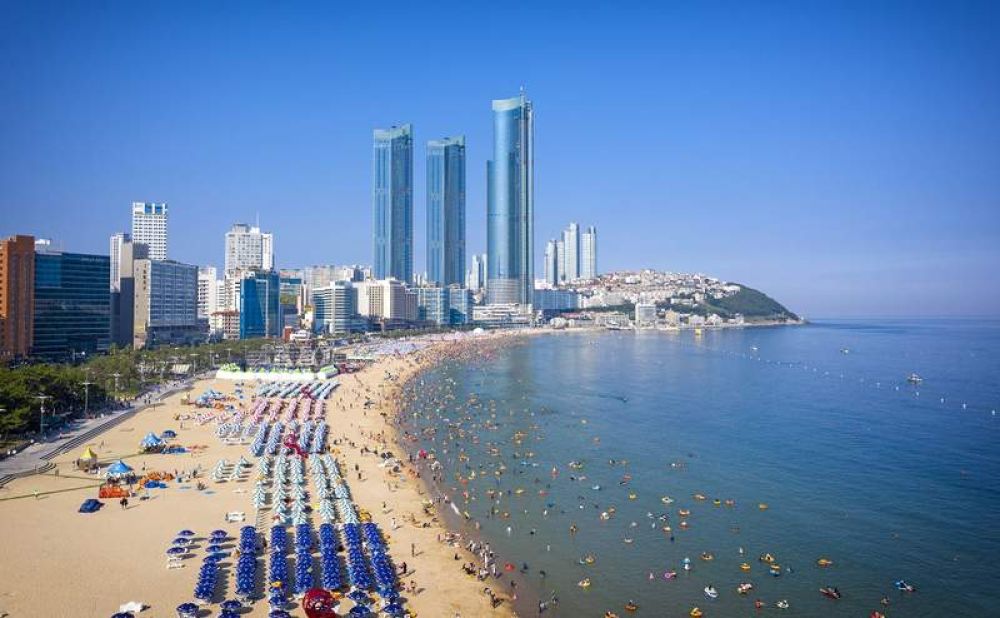

Historically, Haeundae Beach has been a prominent location for rest and leisure. Its name is believed to be derived from the ninth-century scholar, Choi Chi-Won, also known by his pen name Haeun, meaning "Sea and Clouds". What was once a simple stretch of coastline in the small fishing village of Dongbaekseom has been transformed over the decades into a bustling tourist magnet. The development of Haeundae as a tourist destination gained significant traction in the late 20th century as South Korea began to modernize and open up to international travelers.
The glamour of Haeundae began to increase in the 1970s and 1980s with the construction of high-end hotels and resorts drawing in both domestic and international tourists. The Busan Asian Games in 2002 and the subsequent APEC Summit held in Busan were pivotal in placing Haeundae Beach on the global stage. Events like the Busan International Film Festival have also contributed substantially to its fame, attracting celebrities and cinema enthusiasts from around the world.
In recent years, Haeundae Beach has witnessed massive infrastructural developments, with the addition of modern facilities and amenities to enhance the tourist experience. The establishment of Haeundae’s Marine City, with its impressive skyscrapers and the luxury yacht marina, further solidified Busan’s position as a sophisticated travel destination. Notably, Haeundae's Dalmaji Road is known for its scenic beauty and has become a hotspot for high-class cafes and boutiques.
Eco-tourism and sustainable practices have become increasingly important in recent years, with efforts made to maintain the beach’s pristine condition despite its popularity. Additionally, Haeundae Beach has seen a rise in cultural tourism, with visitors flocking to the annual sand festival and the Sea Life Aquarium. Moreover, health and wellness tourism has grown, with various options available for spa treatments and traditional Korean bathhouses.
The advent of social media has also changed the way tourists interact with Haeundae Beach. Instagrammable spots like the colorful Haeundae Market or the picturesque sunset views from Dongbaek Island have become essential stops on the tourist trail.
Like global destinations, Haeundae Beach's tourism saw disruptions due to the COVID-19 pandemic. However, with the situation gradually improving and travel restrictions easing, there has been a resurgence of interest in this coastal attraction. There is a growing trend towards domestic travel, with Koreans exploring the beauty of Haeundae and various travel initiatives such as the "Korea Tourism Organization’s Discover Korea Your Way (DKYW) campaign" promoting local travel.
Haeundae Beach continues to embody the dynamic spirit of South Korea’s tourism, drawing visitors with its blend of natural beauty, modern convenience, and cultural depth. As tourism trends evolve, Haeundae Beach effortlessly adapts, promising an enthralling experience for all who walk its sandy shores.